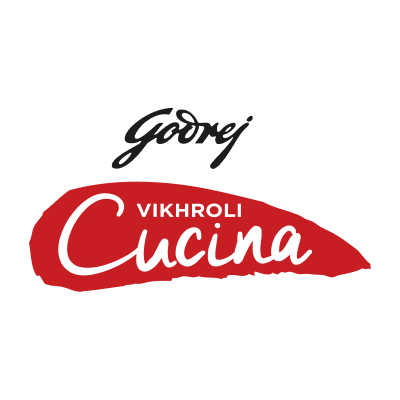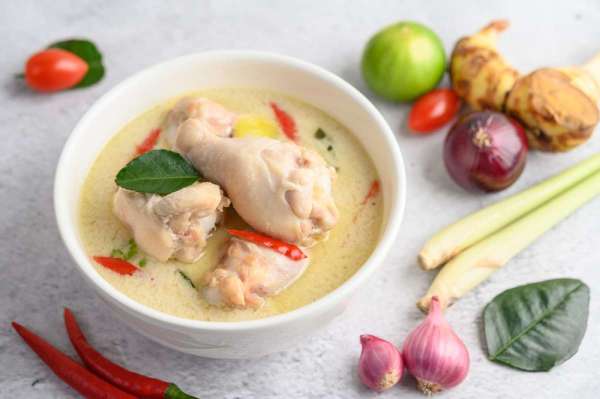
Mango varieties from across India
Who doesn’t love a good mango? Indians wait for the summer to arrive just so they can feast on the king of fruits – Mango. Mangoes are not just delicious, they are also packed with minerals, antioxidants, vitamins and fibre. The sweet, creamy flesh of mango is so delectable and versatile; you can fit it in with your breakfast, lunch, dinner and even dessert.

Mangoes can be eaten in several ways too – in desserts, curries, chutneys, lassi, salads, ice creams – the list goes on. India is home to the most number of mango varieties in the world and there is a saying that one can identify where a person is from by merely asking them what their favourite mango variety is.
As you travel across the country, you can find different types of mangoes that are endemic to that region. The battle for the king of mangoes will never end because each region considers their mango to be superior to the other varieties.
If you are a mangoholic and love all things mango, here are some of the iconic mango varieties in the country and where you can get them.
1. Dussehri – Uttar Pradesh
Season: June and July
Dussehri is a famous mango grown in the Malihabad belt near Lucknow. It is bright yellow in colour and is full of sweet pulp and juice. Dussehri is great for making aam ras and chutney, and is considered one of the oldest mango varieties tracing back to the 18th century where it was grown in the Nawab of Lucknow’s mango garden.
Dussehri mangoes are yellow in colour and have an elongated shape. The mangoes are extremely sweet and fibreless.
2. Banganapalli – Andhra Pradesh
Season: April to June
Banganapalli mangoes are a popular south Indian variety; it is sweet, juicy and fibreless. Grown in Andhra Pradesh near the town of Banganapalle, this variety is one of the earliest to arrive in the market. Its smooth texture, thin skin and juicy flesh make to one of the most popular varieties of mango.
Banganapalli mangoes are large, each weighing around 300 to 400 grams and have a characteristic oblique and oval shape. These mangoes are bright yellow in colour.
3. Chausa – Himachal Pradesh
Season: July and August
Legend has it that Chausa was introduced by Emperor Sher Shah Suri in the 1500s. Chausa mangoes are very popular in Bihar and other parts of North India, though the best ones are said to be grown in Pakistan. This is usually the last variety to arrive in the market and the appearance of Chausa signals the end of the mango season.
These mangoes have very sweet, dark orange-yellow pulp and bright yellow skin. Chausa mangoes are very fragrant and have no fibre.
4. Alphonso or Hapus – Maharashtra
Season: May to June
Known as the king of mangoes, Alphonso is perhaps the most popular variety of mango in India. It is grown in Maharashtra and Goa in the Devgad and Ratnagiri belt, and is exported the world over. Alphonso mangoes have sweet and creamy flesh, and are used to make several desserts such as aamrakhand, aamras, mango lassi, etc.
These mangoes are sweet and tasty, with a hint of red on the yellow skin. The pulp is a distinctive golden yellow in colour.
5. Langda – Uttar Pradesh
Season: July to August
Langda mangoes originate from Varanasi in Uttar Pradesh and have a distinctive aroma and taste. They are oblong in shape and green even when they are ripe. These mangoes are fibrous and sweet and have a very thin stone inside.
6. Malgova - Tamil Nadu and Karnataka
Season: May to June
Malgova mangoes are considered South India’s best kept secret. These mangoes are sweet and juicy and packed with a lot of pulp. Malgova mangoes can be very large and a single mango weighing up to 2kgs is not unheard of for this variety.
The pulp is light yellow and fibrous. These mangoes have round-oblique shape, and the skin is green with yellow specks even when ripe.
7. Himsagar – West Bengal
Season: June
Perhaps the most fleeting of varieties, Himsagar is available in the market for only a few weeks and the Bengalis make sure they stock up on these sweet and juicy mangoes. Grown in West Bengal and Orissa, Himsagar mangoes have a creamy flesh and can be used to make mango desserts and milkshakes.
Himsagar mangoes are medium-sized greenish fruits and yellow pulp.
8. Sindhura – Tamil Nadu
Season – Mid-May to Mid-June
A popular variety in Tamil Nadu, the Sindhura mango has a distinctive red coloured skin. Small and sweet, this is considered as one of the sweetest mango varieties. The flesh is very juicy and pulpy and this variety is great for juices and milk shakes. It is also used to make jams and preservatives. The flesh is sweet and creamy and does not keep for long; you have to consume this mango soon after buying.
Sindhura is easily recognised by its characteristic red and green skin.
9. Totapuri - Karnataka
Season: May to July
Called Totapuri because of its distinctive parrot beak shape, this variety is enjoyed both ways – unripe and ripe. Totapuri mangoes are not very sweet and mild in taste. The unripe mangoes are used in pickles, chutneys and salads. The ripe mangoes find use in different commercially available mango products such juices, pulp, mango preserves etc. Unripe mangoes are eaten raw along with salt and chilli powder by the locals.The Totapuri mango is easily recognisable because of its elongated shape and parrot beak tip. The unripe mangoes have green skin which turns light yellow with tinges of pink upon ripening.
10. Kesar – Gujarat
Season – April to July
A very popular variety of mango in Gujarat, Kesar is known for its sweet fragrance and saffron-coloured pulp. First cultivated by the Nawab of Junagarh in 1931, this variety was named Kesar after the spice saffron whose colour the flesh resembles. The pulp is sweet and full of juice with very little pulp. Kesar mangoes are exported the world over from India and are used to make aamras, mango desserts and milkshakes.
You can easily identify a Kesar mango by its green skin and sweet aroma.
Which variety according to you is the most deserving of the king mangoes title? Let us know in the comments below.
0 Comment
You may also like
-

Kitchen stories Best Snacks for you 2026 fitness goals
by Vikhroli Cucina
-

Kitchen stories Best of 2025: the year in search and 3 viral chicken recipes
by Vikhroli Cucina
-

Kitchen stories The weekend chicken curry Christmas special: The Kerala Chicken Stew
by Vikhroli Cucina
-

Kitchen stories Gothic gastronomy: A Halloween menu of edible illusions
by Vikhroli Cucina
